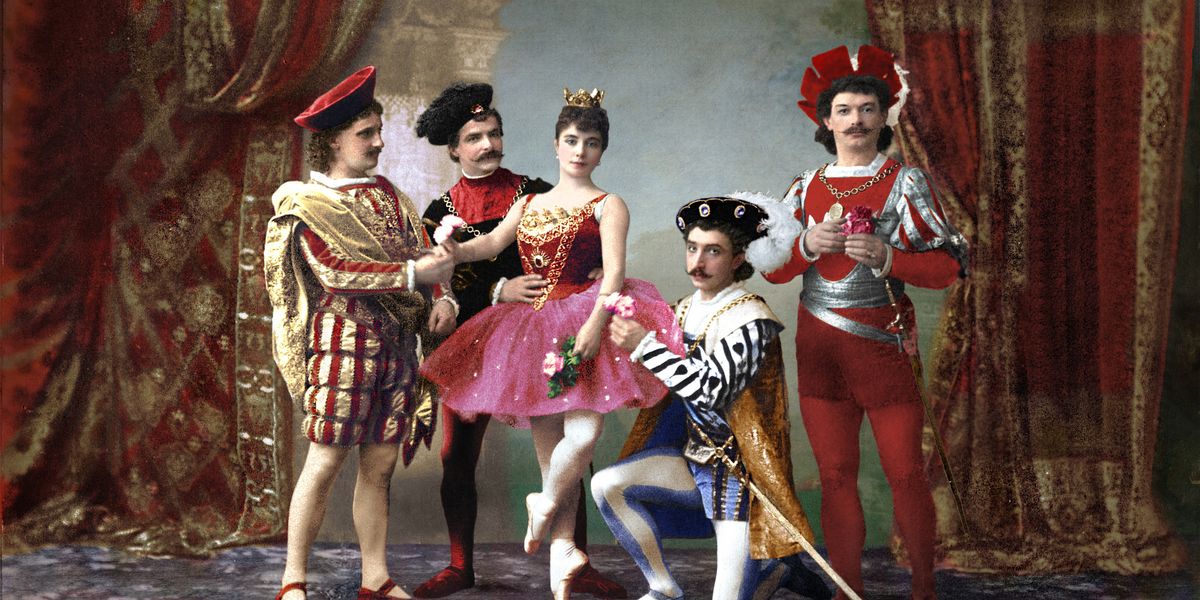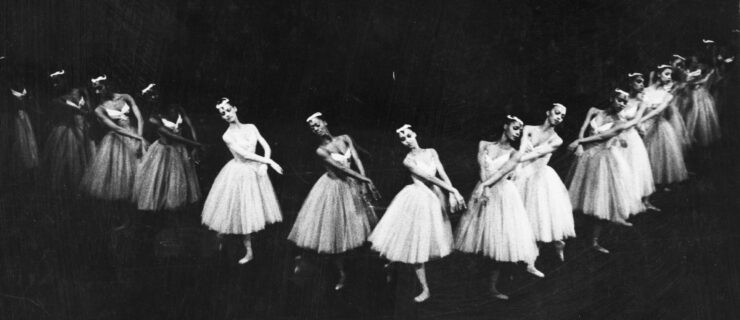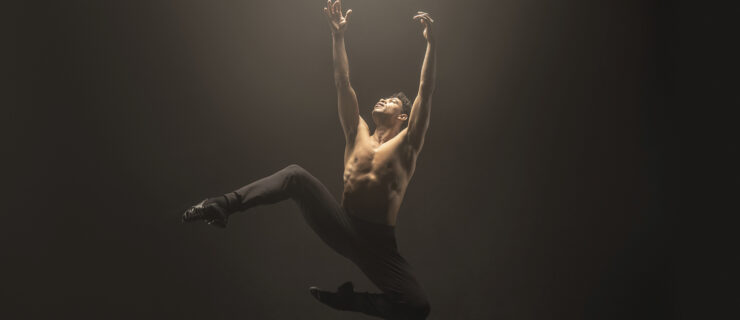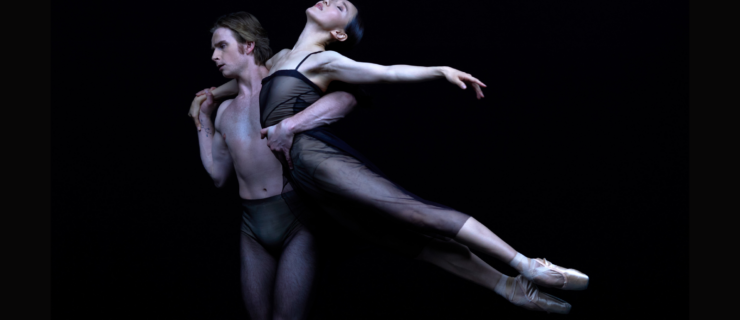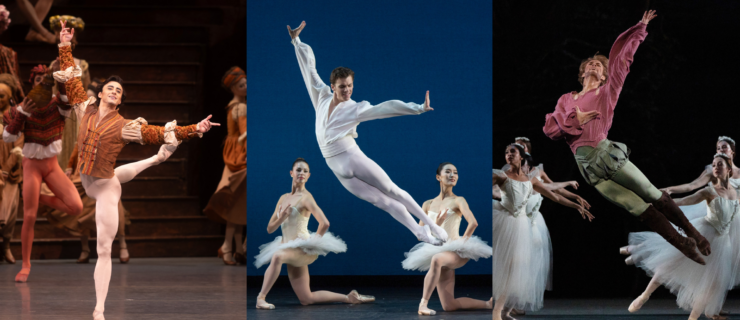What to Watch: A New Documentary Explores the Life and Work of Marius Petipa
Here’s something new to add to your quarantine watch list: Marius Petipa: The French Master of Russian Ballet, a new documentary by Icarus Films. Directed by Denis Sneguirev, the doc (which will be available for streaming and on DVD starting May 12) explores the life of ballet’s most famous choreographer. Interviews with dance historians, writers and directors offer insights into his most well-known ballets and the geo-political climate that influenced them. It also looks at how current choreographers approach his work, from Alexei Ratmansky‘s meticulous reconstructions to Nacho Duato’s adapted Sleeping Beauty. And there’s plenty of dancing: the film includes rare archival footage, clips from recent performances (such as Ratmansky’s Swan Lake at La Scala Ballet), and captures current dancers like Tiler Peck, Alban Lendorf, Polina Semionova and Cassandra Trenary tackling Petipa’s choreography in rehearsal.
The documentary starts in 1847, with the 29-year-old Petipa’s arrival as a premiere danseur at Russia’s Imperial Theatre. Life in the St. Petersburg company was well-paid and quite cushy, but the Frenchman knew his dancing days were numbered and re-focused on choreography. He’d have to wait, staging ballets under Jules Perrot and Arthur St. León before his big break in 1862: The Pharaoh’s Daughter, created for ballerina Carolina Rosati. The blockbuster ballet, which included live camels and lions onstage, was considered tacky by critics, but it was a hit with audiences and earned Petipa a promotion. He became chief choreographer eight years later, at 51.

The original 1890 cast of fairies from The Sleeping Beauty at the Imperial Mariinsky Theater.
Courtesy Les Poissons Volants/Icarus Films
From there the film focuses primarily on three later ballets: La Bayadère, The Sleeping Beauty and Swan Lake. It digs into Petipa’s flair for entertainment and spectacle, his smooth social skills, and his structural “pyramid” formula, with the ballerina serving as the ballet’s pinnacle and a massive corps de ballet as the base. What’s also apparent is how complacent Petipa could be—he had to be pushed out of his comfort zone to create his two biggest masterpieces. For The Sleeping Beauty, he transformed his choreography to adapt to Italian dancers’ advancements in technique and pointework; he also found Tchaikovsky’s groundbreaking music (which he didn’t particularly enjoy choreographing to) challenging to navigate. And while Petipa initially passed most of the work of Swan Lake to his assistant, Lev Ivanov, he quickly starting crafting Odile’s energetic scenes once he saw the originality and genius of his underling’s white acts.
Then there’s the question of authenticity, adaptation and preservation. A rare 1909 film of La Bayadère‘s “Indian Dance” is shown next to Rudolf Nureyev’s 1992 version at the Paris Opéra Ballet, staged from his own recollections. Their remarkable similarity demonstrate the strength of ballet’s “collective memory” as works are passed from generation to generation. (On a sidenote, the film steers clear of modern-day arguments concerning Orientalism and racial depictions in Petipa’s work, which some may find disappointing.)
The documentary also goes into Staattsballett Berlin rehearsals for Duato’s production of The Sleeping Beauty, where he “takes the dust away” by adding more fluidity and freedom to Petipa’s classical steps, cutting mime and revamping some scenes entirely. For contrast, the filmmakers also follow Ratmansky to Harvard University’s archives, where he pours through late 19th-century Stepanov notations of Petipa’s work. “This is the language Petipa used,” says Ratmansky. “I think this is important. It opens the door to an unknown language.”
Marius Petipa: The French Master of Russian Ballet
is primarily in French and Russian with English subtitles, which can make watching narrated dance sequences somewhat challenging. But this 52-minute documentary is a quick and enlightening dive into ballet history, and the dancing is worth rewinding for. Available for streaming on Vimeo ($4.99) starting May 12, and on Amazon Prime ($4.99) and iTunes; ($4.99) DVDs are available for purchase at Icarusfilms.com and at Amazon.com.
